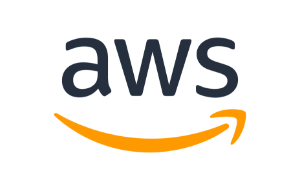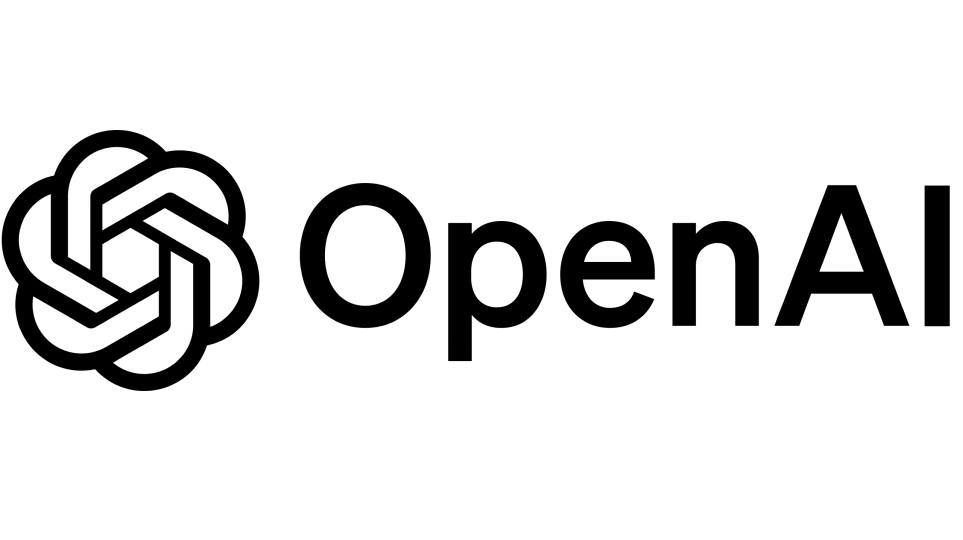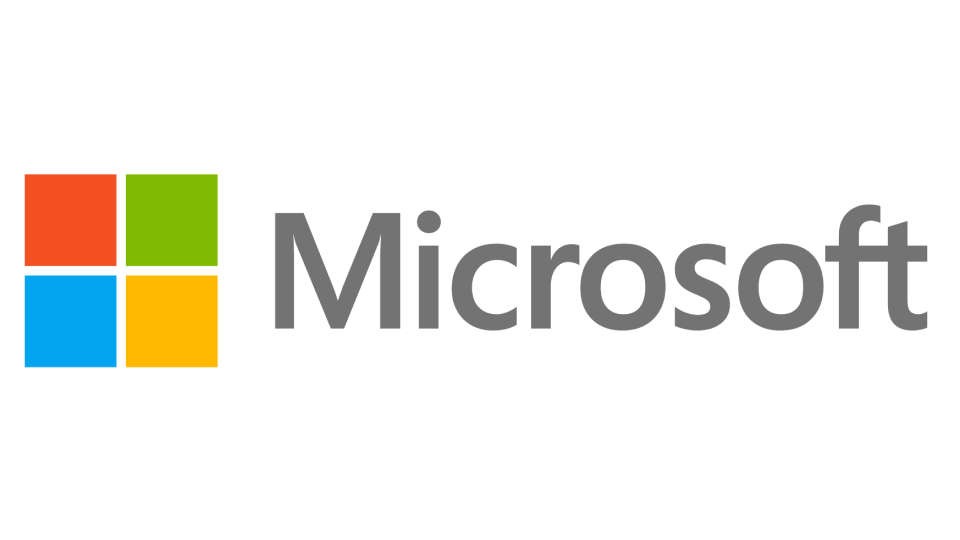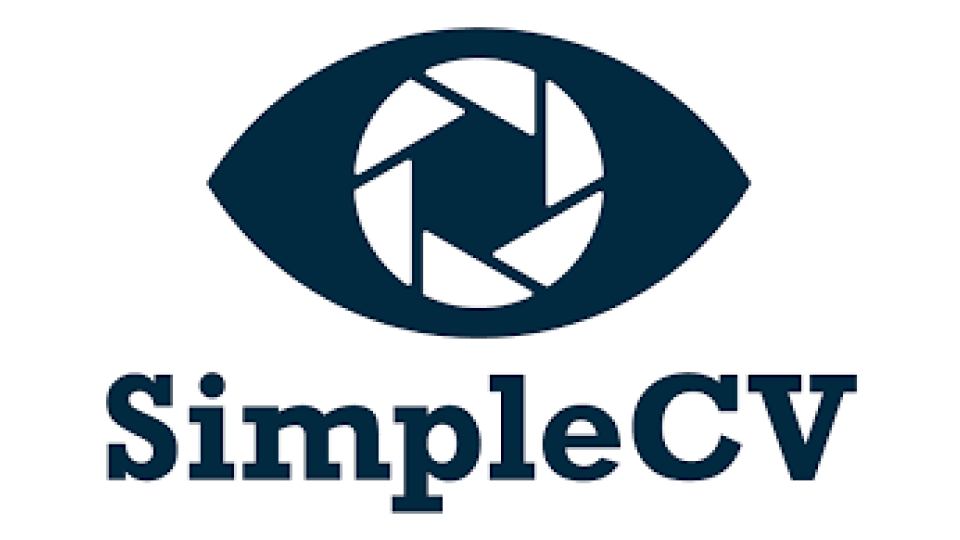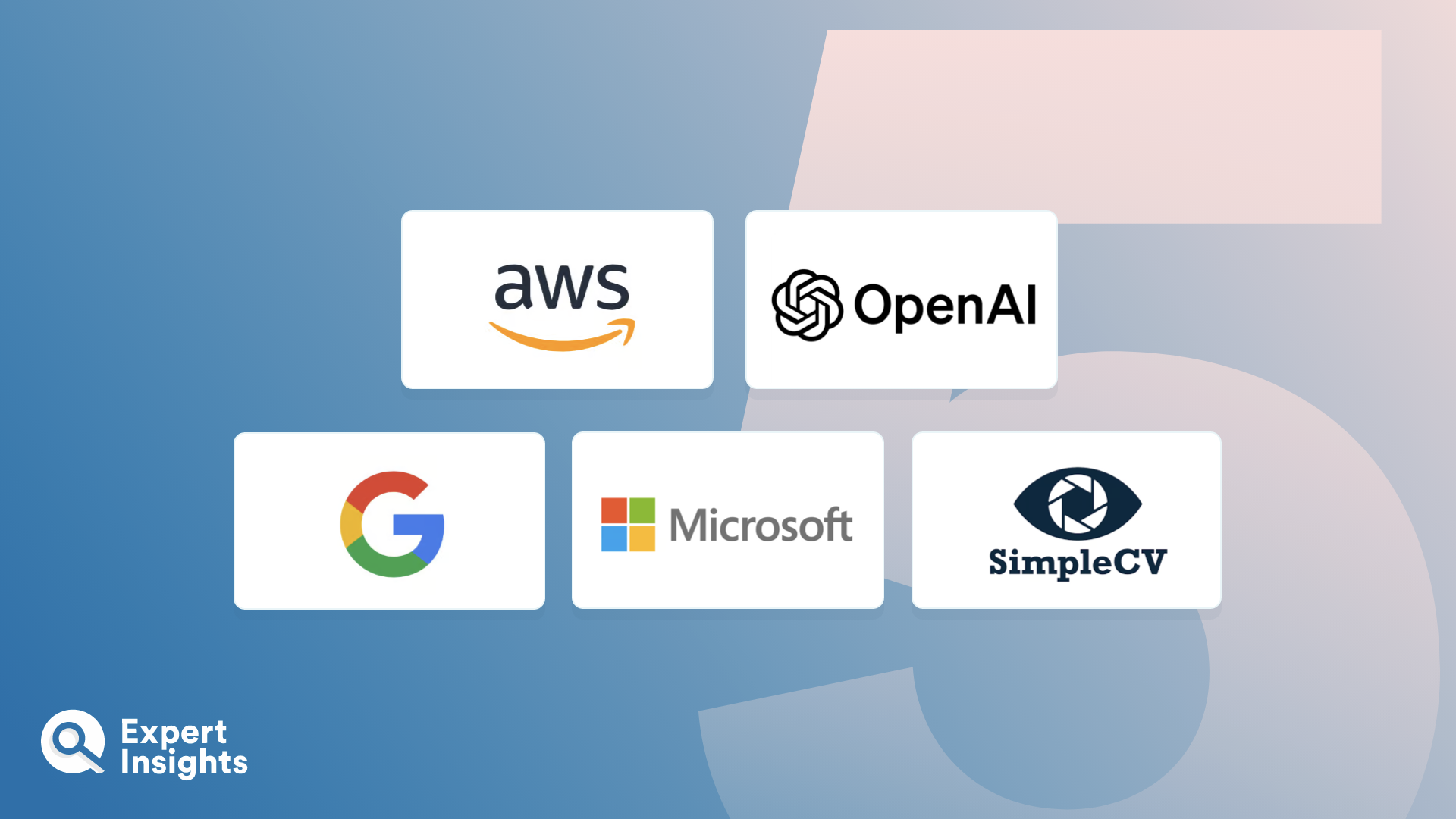Image Recognition software plays a significant role in our daily lives, from auto-tagging our friends in social media photos to enabling autonomous vehicles to navigate our roads. By learning to recognize patterns in data, these software applications can identify and categorize images with remarkable accuracy and speed. They achieve this by processing raw image data to identifying recognizable patterns.
There is a wide range of applications for image recognition software, from facial recognition to object identification, surveillance, and industrial quality control, advanced applications in medicine or autonomous driving. Image recognition works by employing machine learning and artificial intelligence algorithms to interpret and understand the content of an image. Once deployed, the software can recognize repeating patterns in images, identifying objects or faces, and learning new ones over time.
This guide will walk you through our top image recognition software picks, highlighting their primary features, as well as their advantages and unique characteristics.



